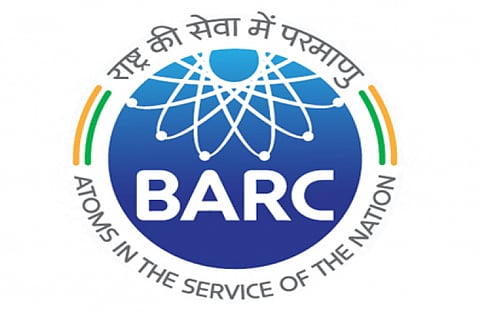
- Home
- न्यूजग्राम
- NewsGram USA
- India
- World
- Politics
- Entertainment
- Culture
- Lifestyle
- Economy
- Sports
- Sp. Coverage
- Misc.
- NewsGram Exclusive
- Jobs / Internships

The Bhabha Atomic Research Centre (BARC) is India's premier nuclear research facility based in Trombay, Mumbai, and Maharashtra. BARC is a research centre for advanced research and development covering the nuclear science and related areas. BARC's core mandate is to sustain peaceful applications of nuclear energy, primarily for power generation.
The Core philosophy of BARC is the peaceful application of nuclear energy, but nuclear bombs are just as important for peace.
BARC manages all aspects of nuclear power generation, from the theoretical design of reactors, computerised modelling, risk analysis, development and testing of new reactor fuel materials, etc. It also conducts research in spent fuel processing, and safe disposal of nuclear waste. Its other research focus areas are applications for isotopes in industries, medicine, agriculture, etc. BARC operates a number of research reactors across the country.
BARC till date has successfully established multiple 5 Power Reactors. Wikimedia Commons
Homi Bhabha was the man looking after the entire progress of research facility. He was known for devising the correct expression for scattering electrons, by a process called as 'Bhabha scattering'. According to reports, Homi Bhabha died in a mysterious air crash. There are assassination conspiracy theories going around the corners that the plane by which Bhabha was travelling was brought down by the CIA. Only a bag with unimportant documents was found from the site and rest everything was missing.
Homi Bhabha was the man looking after the entire progress of research facility. Wikimedia Commons
BARC handles all facets of nuclear power generation in India. Wikimedia Commons
Despite the tight budgets and lack of support from foreign countries, BARC was successful in putting atoms in the service of the nation.
Salutes to all people who worked tirelessly at BARC over the years to achieve one milestone after another!
